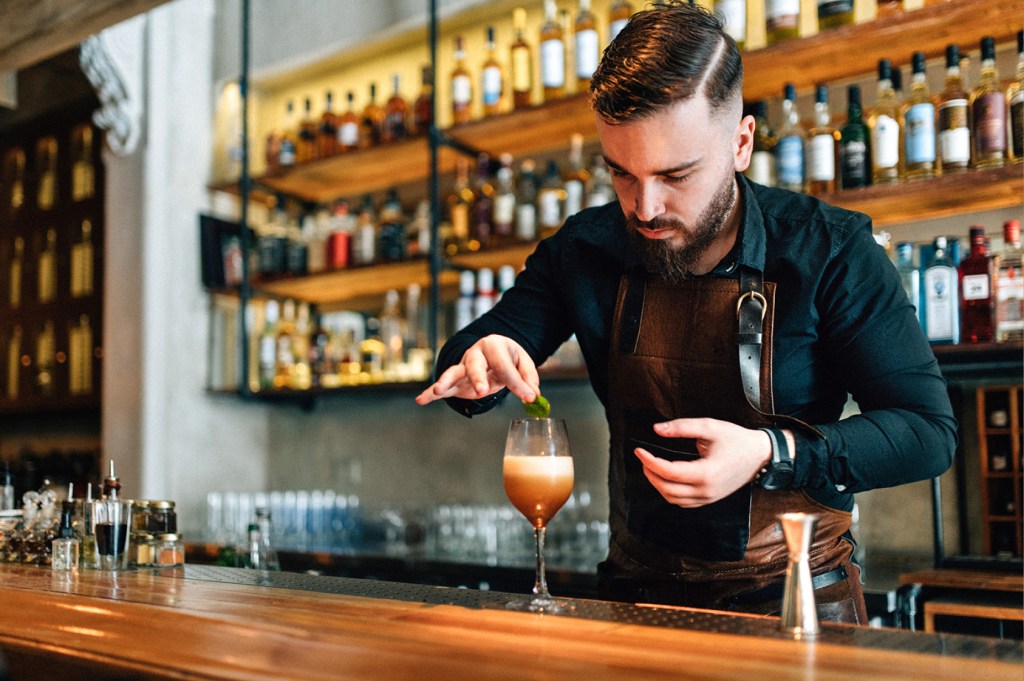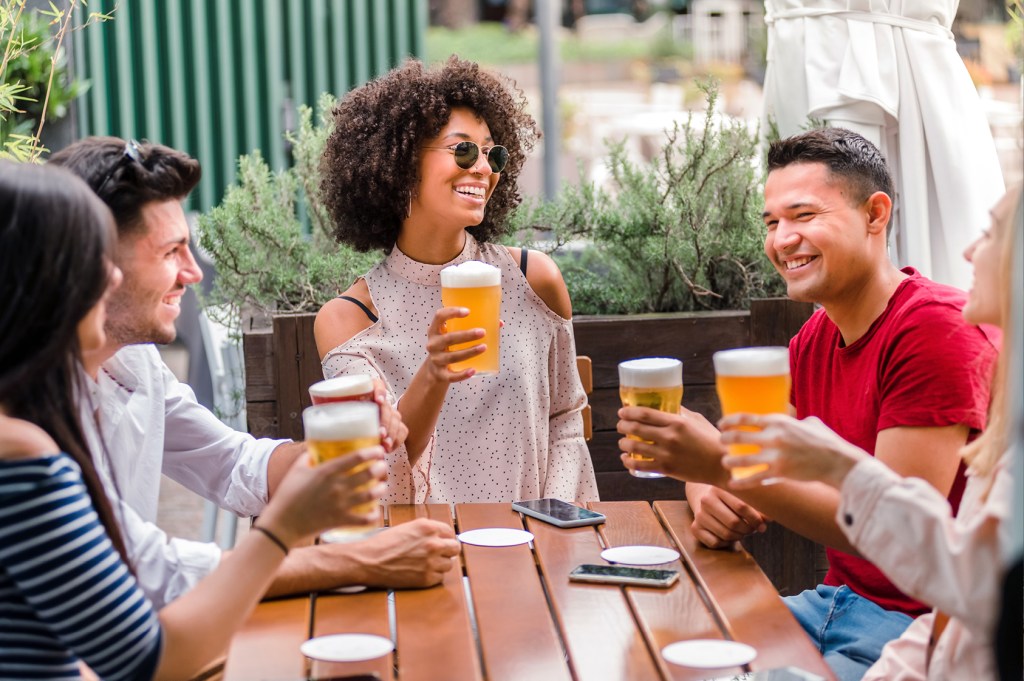English | Polish
Changes to the way Polish consumers shop online
Polish consumers now seem more comfortable accessing an online assortment of products as the technology of omnichannel services has evolved. Shoppers are aware of the breadth of products available at their fingertips digitally and are on the lookout for the best potential deals.
Online purchasing is most prevalent among purchasers of in-home entertainment (82% have bought online in the past 6 months) followed by everyday clothing (79%), takeaways and food deliveries (77%), and electronics and technology (73%).
It is least prevalent among purchasers of alcohol (39% have bought online in past 6 months), wellness and beauty treatments (49%) and tobacco and vaping products (50%).
Shoppers around the globe are not only attracted to e-commerce because of convenience, but also for better online offers.
Polish shoppers also use online resources for planning grocery shopping and influence choices.
26% of grocery shoppers in Poland indicate that they compare prices online before deciding where to shop.
22% of Polish consumers stated that they research products or brands online before deciding what to buy.
45% indicate they plan before their grocery shopping trip by checking the supermarket’s website (compared with 17% who use the latest mailer).
Only a small percentage use the latest posts on digital platforms from social influencers (7%) or check out live streaming updates from social influencers (5%).
The opportunity for business leaders lies in understanding how these underlying changes and personal preferences are impacting shoppers’ lifestyles and spending habits—and ultimately shaping new ways of engaging with consumers as people.
Why does it matter for retailers?
Broader adoption of shipped and delivery orders for CPG goods, as well as combined online shopping and in-store pick up trips, means retailers and brands need to carefully manage their digital shelves.
Compared to six months ago, 32% of Polish shoppers who ever buy online say they are now doing more of their grocery shopping online. The most common method of shopping for groceries online is via a store’s online website (61%), while 38% use a store or brand’s app and 22%.
Online and multichannel shopping will continue to permeate the retail world, especially for shoppers with a cost-cutting mindset. From this perspective, retailers will need to develop an ecosystem of stores, online ordering, shipping, quick-commerce and rapid delivery that can keep up with ever-growing demand.
Why is it important for brands?
Skyrocketing or otherwise unstable prices have made consumers less loyal. A deep understanding and knowledge of consumers will be critical to successful strategy planning for 2023. Brands must follow a common trajectory and move toward individuality and engagement by understanding and considering a changing spectrum of consumer situations, preferences and needs.
It should be noted that when consumers decide what to buy for groceries, 77% say value for money is an important consideration, while providing good deals and promotions is important to 57%. Lower prices for most items are important to 47%.
Those brands that manage to maintain the loyalty of their customers also must maintain a sense of novelty while trying to gain the trust of core followers and routine consumers.
What’s next?
The long-term impact of living in a country subject to geopolitical and economic instability will affect everyone’s financial decisions, spending patterns, and lifestyles.
46% of Poles expect their financial situation to worsen in the next 6 months, while 75% expect economic conditions in Poland to worsen during this period and 86% expect prices of goods and services to rise.
Overall, people expect to spend most of their income on utilities (51%), everyday purchases such as food and casual clothing (51%), transportation (46%), housing expenses such as rent and mortgages (50%) and paying off debts (27%).
Spending in all other categories (except education) is expected to decline, with alcohol (26%), meals outside the home (24%), takeout and delivery food (23%), luxury clothing and apparel (23%), and gym and club subscriptions (22%) suffering the most.
From a business perspective, keep an eye on ritual habits-because consumers will now firmly decide which behavior adopted by inflation will become mainstream.




